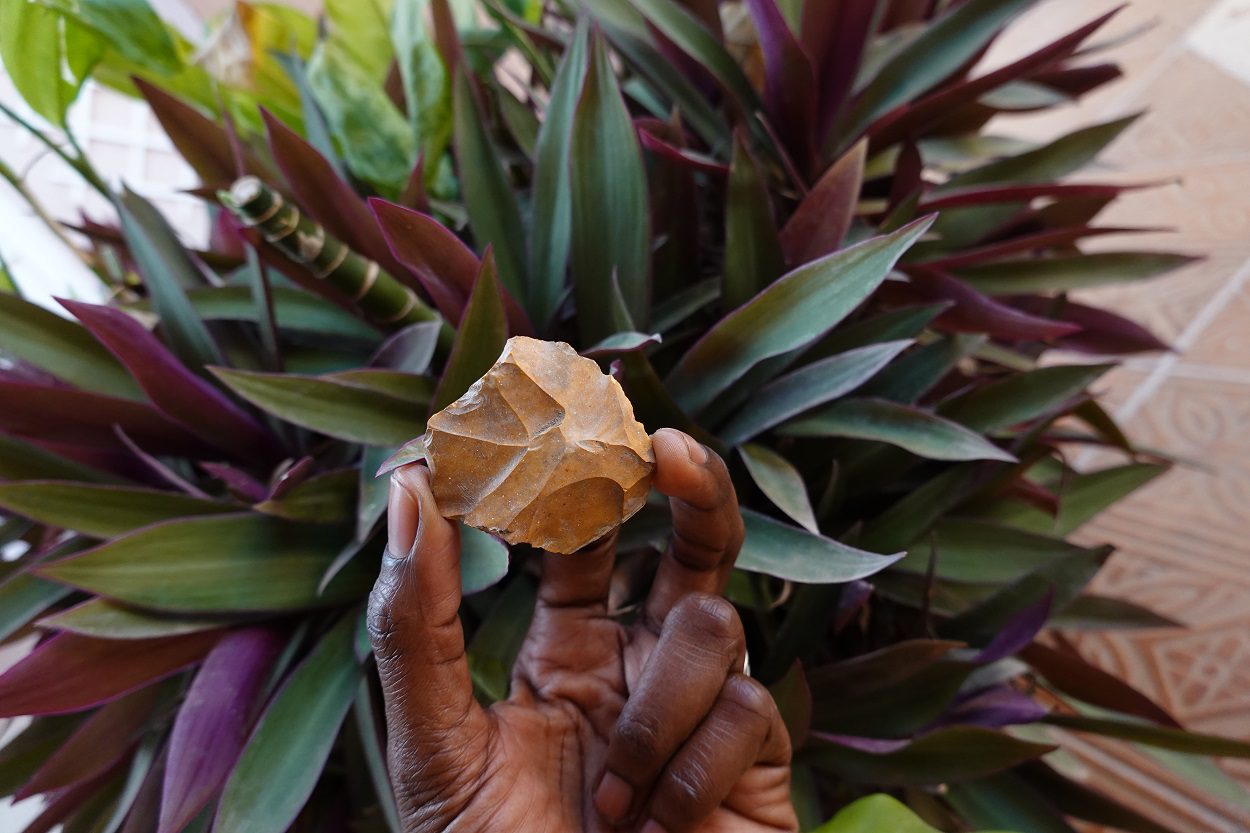Although knowledge of human evolution in West Africa is limited, recent findings suggest that the region exhibits distinct cultural developments when compared to other parts of the continent.
Shedding further light on this topic, a recent article published in the journal Nature Ecology and Evolution examines the oldest archaeologically-dated site in West Africa. The site shows technological continuity spanning roughly 140,000 years and offers insights into the ecological stability of the region.
Our species arose in Africa around 300,000 years ago, and during the period spanning approximately 30,000 to 60,000 years ago, it commonly utilised Middle Stone Age toolkits and associated techniques for tool-making.
During this period, unique Later Stone Age toolkits began appearing in northern, eastern, and southern Africa. Although recent findings indicate that Middle Stone Age toolkits continued to be used in West Africa until around 10,000 years ago, the antiquity of these technologies is poorly understood.
The new study, led by scientists from the Max Planck Institute of Geoanthropology, Université Cheikh Anta Diop de Dakar, University of Sheffield, and University of South Florida, extends the timeframe in which Middle Stone Age toolkits are known from West Africa to 150 thousand years ago, based on excavations from the near-coastal site of Bargny 1.
“The stone tool assemblage dating from 150 thousand years ago shows classic features of the Middle Stone Age, with the use of Levallois and discoidal reduction methods and the use of small retouched flake tools rather than larger implements,” says Dr Khady Niang, lead author of the study. “The assemblage from Bargny 1 is closely comparable to those of a similar age from across the continent, and is the first site from West Africa dating to the Middle Pleistocene, prior to the onset of substantial technological regionalization elsewhere in Africa.”
The site itself is located close to the modern coastline, south of Dakar, Senegal. While no artefacts indicating direct human engagement with coastal resources were recovered at the site, study of the associated environments offer a wider perspective.
“We found mangrove and brackish wetland plant microfossils associated with the site’s occupation,” adds Dr Chris Kiahtipes of the University of South Florida, co-author on the study. “This is particularly interesting because it shows that the site was located near an estuary and demonstrates how important these habitats are to humans past and present.”
The study highlights long-term durability of core elements of Middle Stone Age toolkits in West Africa without evidence for the appearance of specialized technological developments observed elsewhere.
“Middle Stone Age populations adapted to a wide range of habitats and engaged with climatic changes across Africa. But in West Africa, we see considerable environmental stability over the past 150 thousand years,” adds Dr Jimbob Blinkhorn. “One explanation for the enduring cultural continuity we observe is that it was a stable behavioural adaptation to stable environmental conditions, whilst potential isolation from other populations across Africa may have led to demographic stability too. Ultimately, our study helps illustrate the persistent utility of Middle Stone Age technologies to inhabit the diverse habitats found across Africa.”
Max Planck Institute of Geoanthropology
Header Image Credit : Khady Niang





